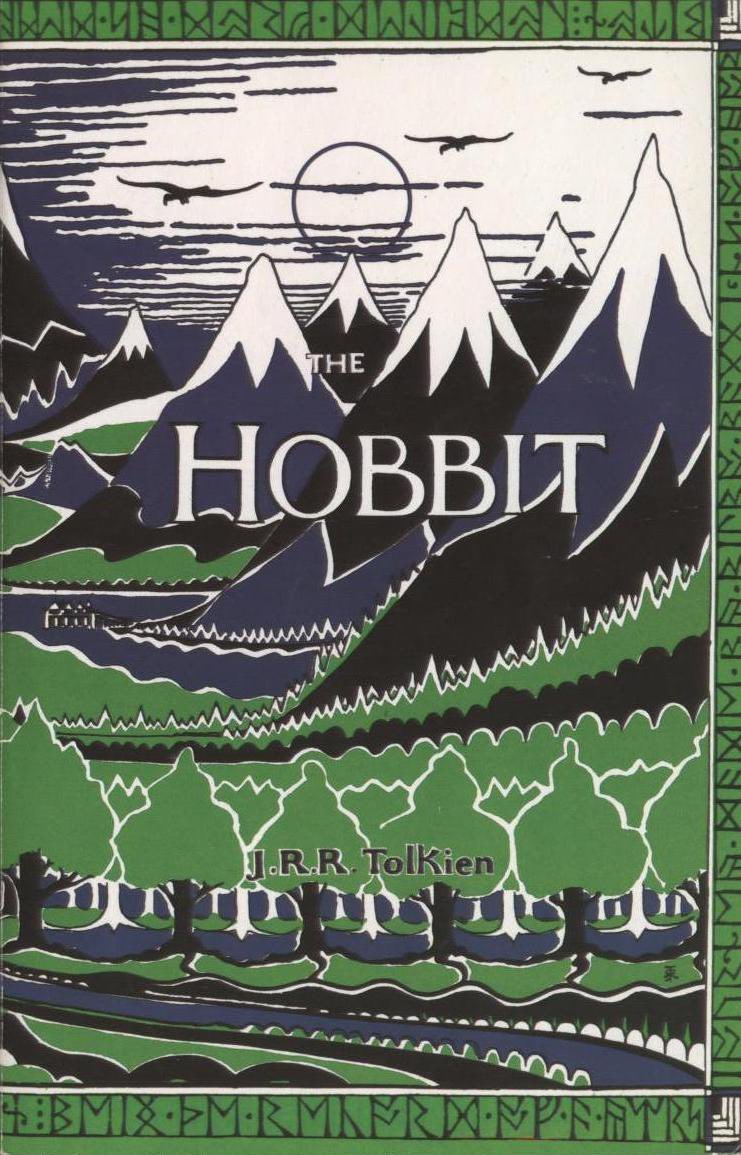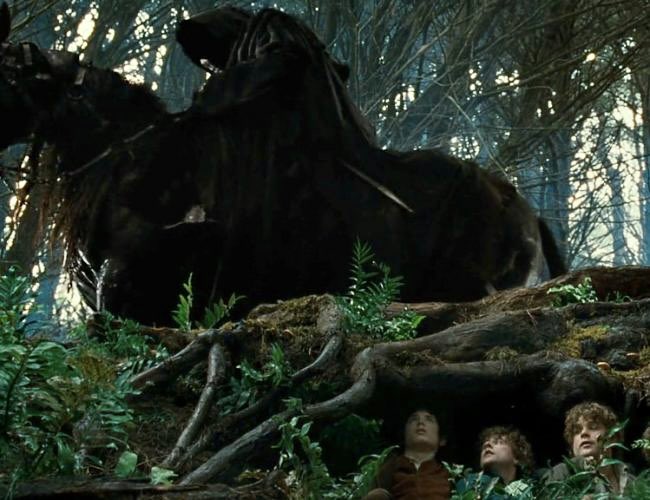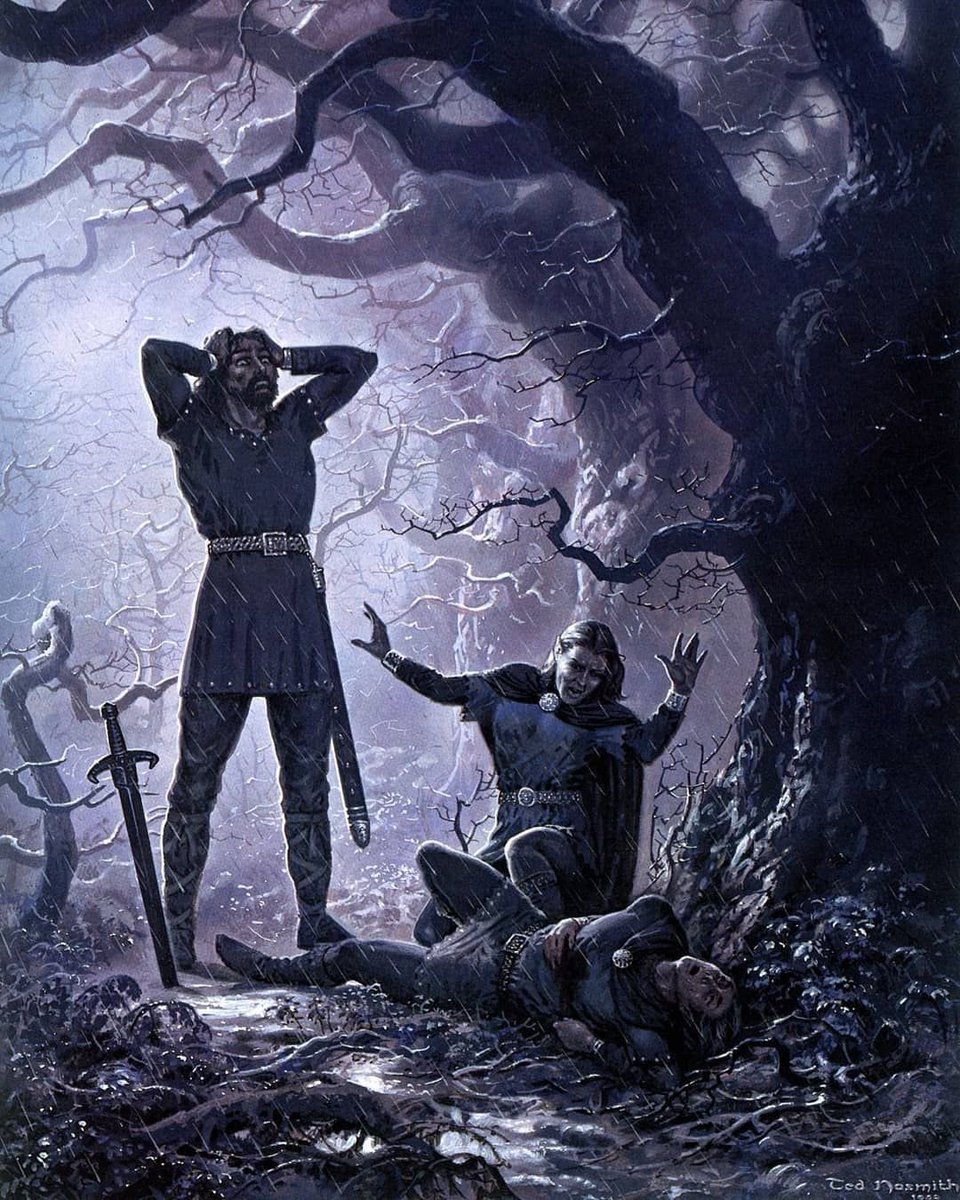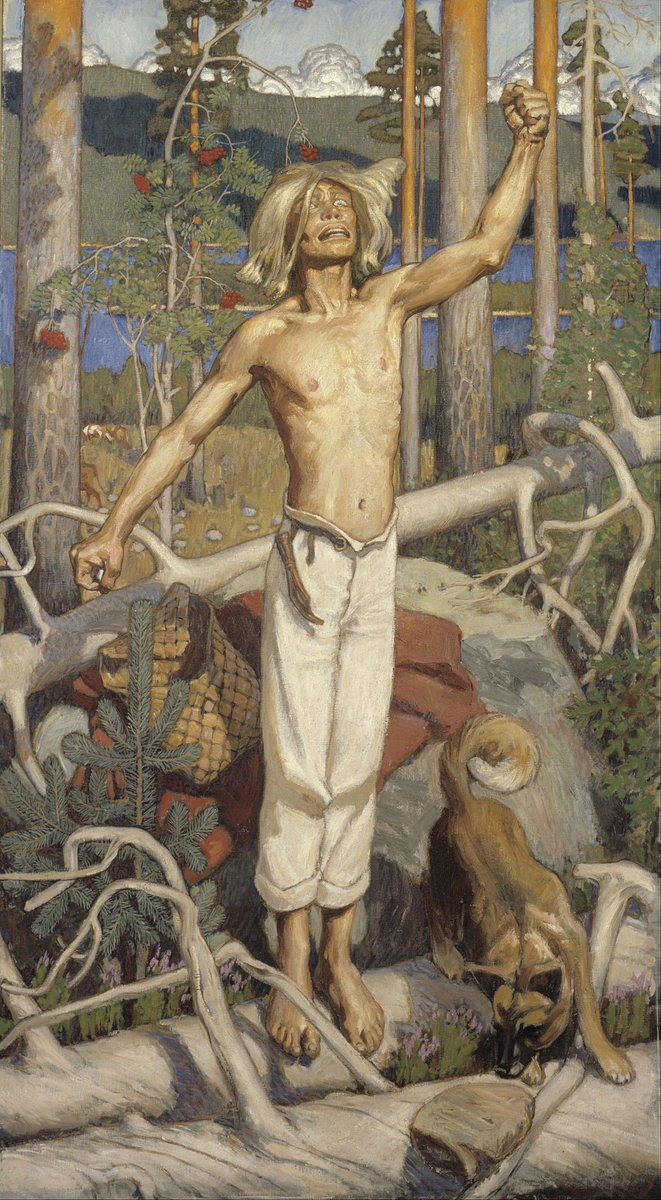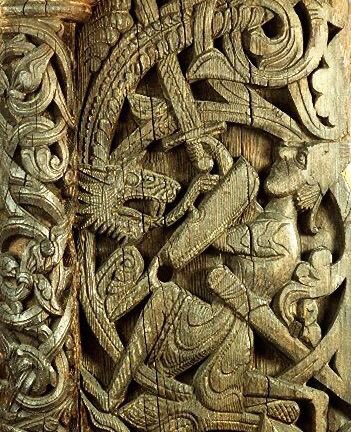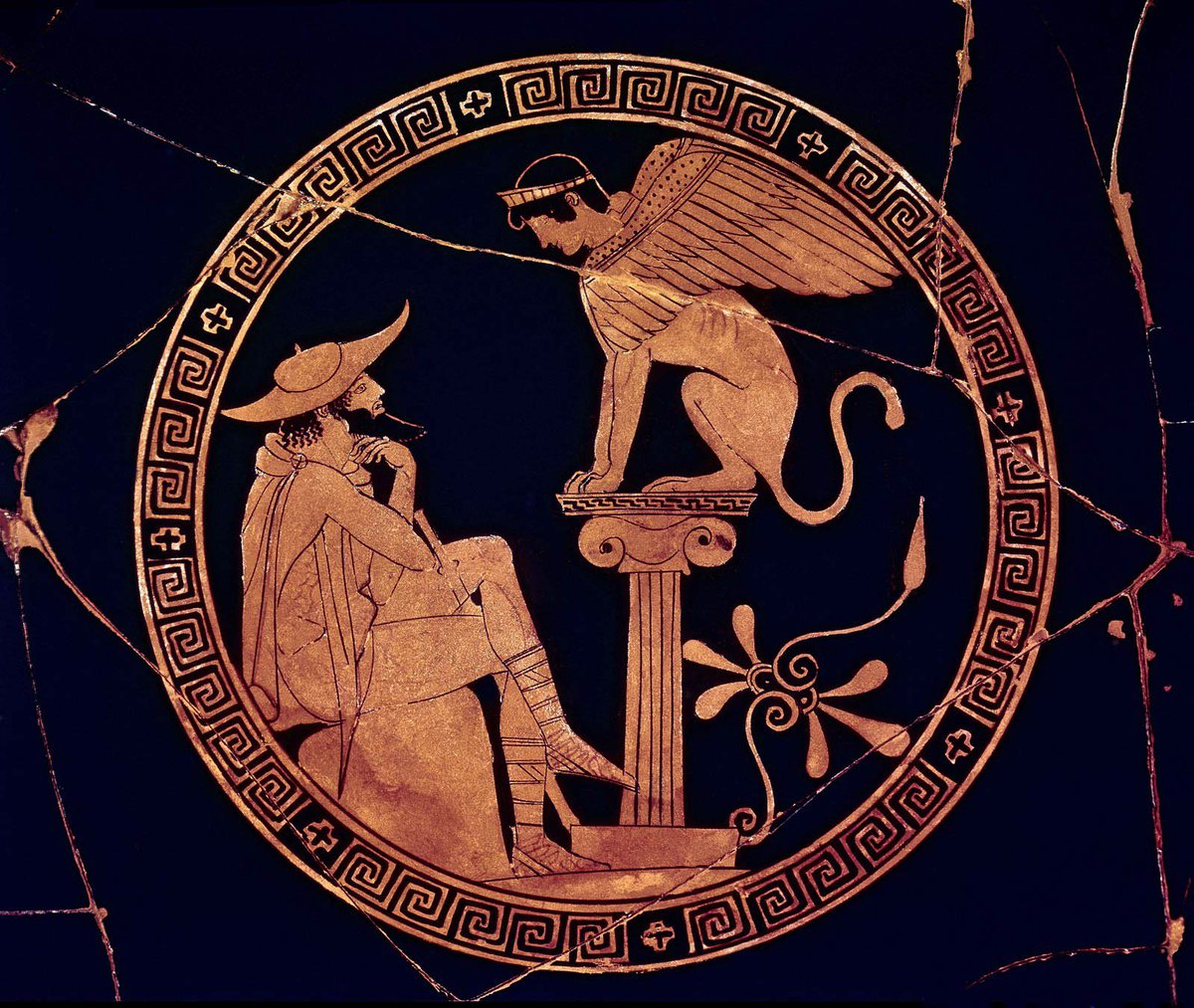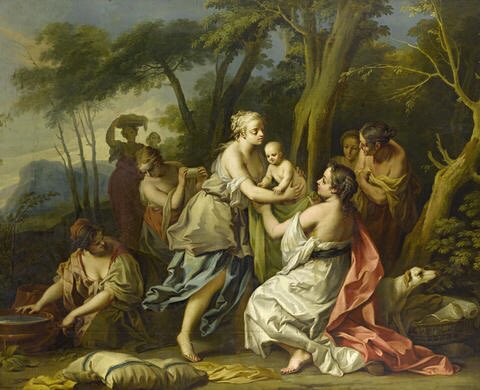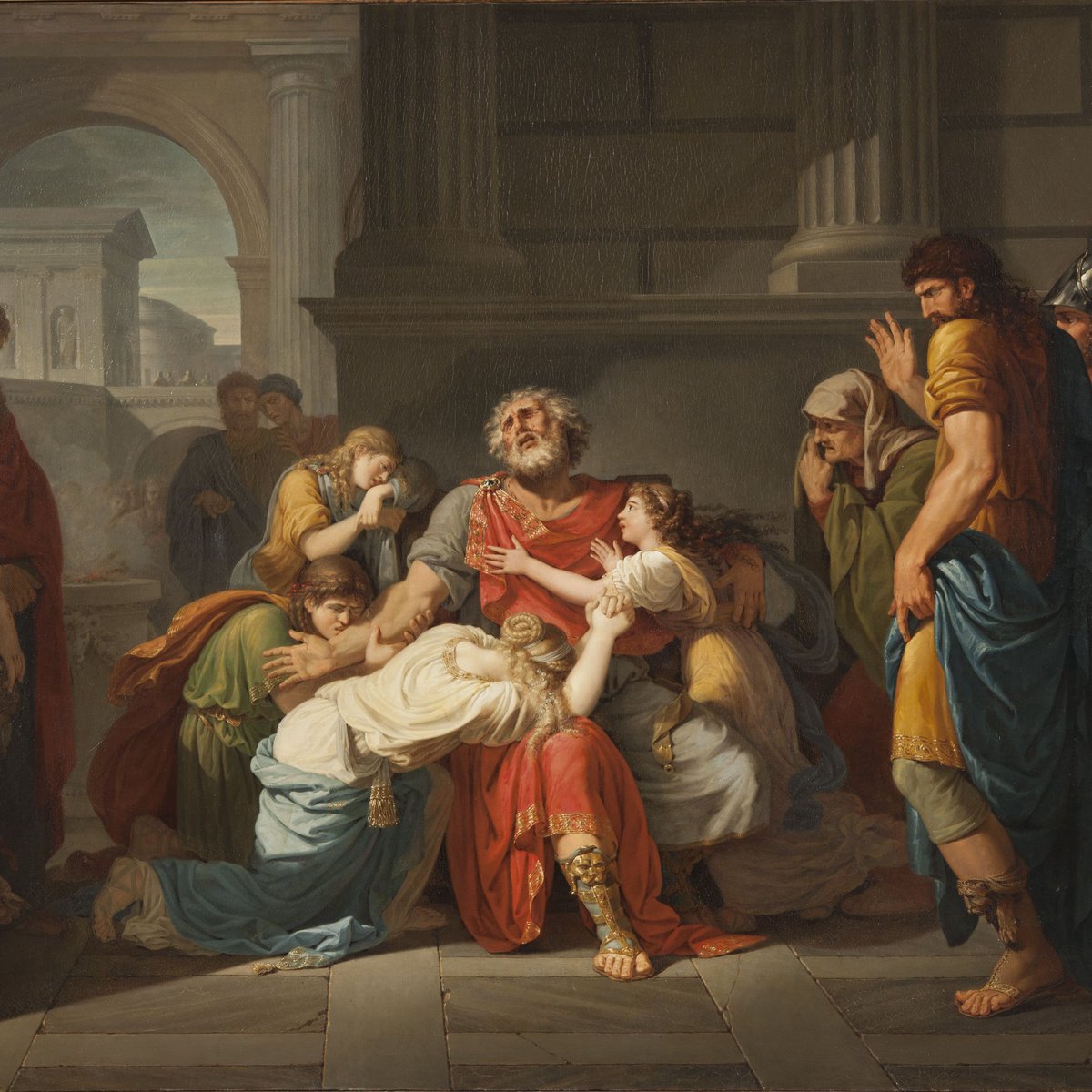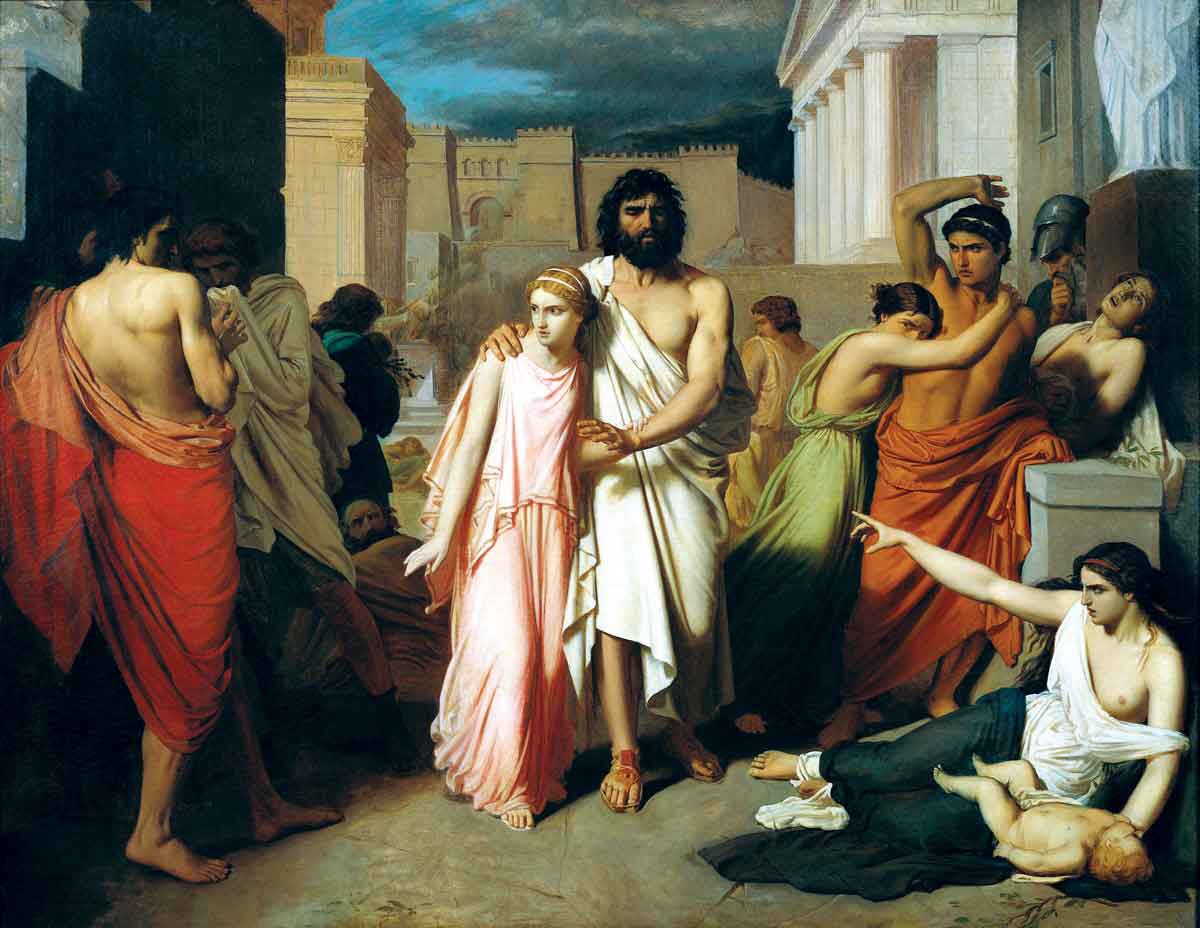THREAD: The scene below from the @LOTRonPrime trailer brought to mind #Tolkien’s the Hill of the Slain (Haudh-en-Ndengin in Sindarin) the memorial of the “Battle of Unnumbered Tears” the Elves fought against Morgoth in the First Age. Art: Ted Nasmith 1/11
#RingsOfPower #LOTRROP


#RingsOfPower #LOTRROP



The monument first appears in the ‘Book of Lost Tales’, written c. 1916-18, where it is named
‘the Hill of Death’, is described as the ‘greatest cairn in the world’, and it is made
by the sons of Feanor, who arrive late and find their kin slaughtered (Lost Tales I: 241). 2/11
‘the Hill of Death’, is described as the ‘greatest cairn in the world’, and it is made
by the sons of Feanor, who arrive late and find their kin slaughtered (Lost Tales I: 241). 2/11

It reappears in ‘The Lay of the Children of Húrin’, composed c. 1920-25, where it is now described as a ‘mighty mound’, but this time Túrin passes by some time after its construction, so it evokes past memories and acquires a sacred aura.
3/11
3/11

It is covered with ‘fadeless green’ and becomes an άβατον, a place not to be trodden or violated by either friends or foes (Lays: 58-9). In c. 1930, Tolkien repeats this in the ‘Quenta’, but now the memorial is called again a ‘cairn’. In that version it is made by Orcs,
4/11
4/11
since none of the Elves or Men survived the battle. Though all the area around it was desolate and burnt, on that mound only ‘the grass grew green’, while it remained inviolable (Shaping: 119). It is here that Rian, Tuor’s mother, comes to lie and die (Shaping: 141)
5/11
5/11

Much later, in the ‘Grey Annals’, written c. 1950-51, Tolkien added one more element to the mound: it is explicitly stated that the Orcs buried the dead Elves and Men with ‘all their harness and weapons’ (Jewels: 78-9).
6/11
6/11

In the re-writing of the Túrin story around the same time, Sador refers to ‘the Great Mound’, as an ominous sign of the defeat of good and the dominance of evil in Middle-earth, as he claims that ‘happier are those in the Great
Mound’ (UT: 106)
7/11
Mound’ (UT: 106)
7/11

Haudh-en-Ndengin, therefore, commemorating a great defeat, made by foes as a repository of bodies, but having acquired a sacred status by being a restricted space and appearing evergreen against the laws of nature, is an important Middle-earth landmark.
8/11
8/11
Like a real-world memorial, it has created a new relationship between people, landscape and history. Turin curses the name of Morgoth – ‘the maker of the mourning’ – thrice when he passes by. It embodies the bitter memory of defeat but is also a sacred space.
9/11
9/11
Whether this is the site we see in the trailer remains to be seen. Meanwhile, here are some sources on Tolkien and archaeology available #OpenAccess:
Deborah Sabo, “Archaeology and the Sense of History in J.R.R. Tolkien's Middle-Earth”:
dc.swosu.edu/cgi/viewconten…
@mythsoc
10/11
Deborah Sabo, “Archaeology and the Sense of History in J.R.R. Tolkien's Middle-Earth”:
dc.swosu.edu/cgi/viewconten…
@mythsoc
10/11
My own “Tolkien and Old Norse Antiquity: Real and Romantic Links in Material Culture” (scroll down to page 83):
vsnrweb-publications.org.uk/ONMN%20copyrig…
11/11
vsnrweb-publications.org.uk/ONMN%20copyrig…
11/11
@UnrollHelper please!
• • •
Missing some Tweet in this thread? You can try to
force a refresh












